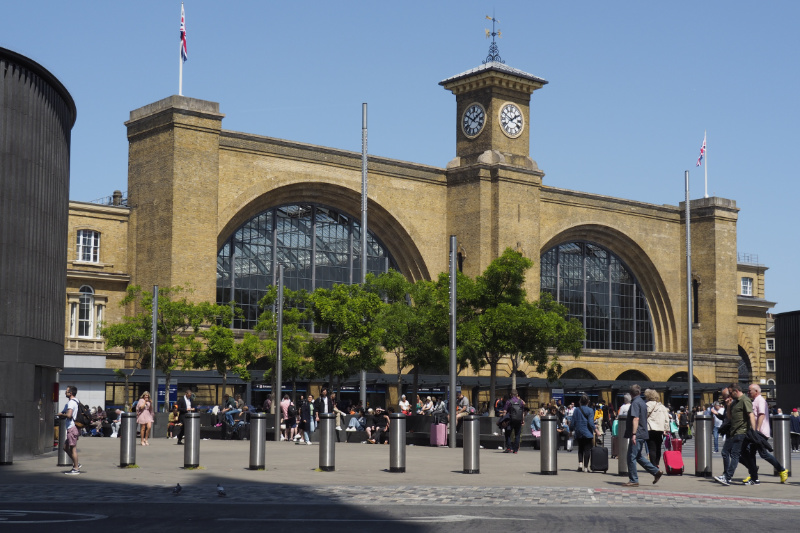The west window of the church of Lady St Mary, Wareham, Dorset, is a good example of one of the trends discernible in twenty first century stained glass. It is by the stained glass artist, Andrew Johnson, of Exeter and was installed in 2011. What do I mean by it exemplifying a trend? Well, the window is richly multicoloured, has a single composition spread across all the tracery, and exhibits some elements that are non-representational but a majority that depict recognisable (including local) subjects. So, at the bottom are town buildings including the other churches and the notable octagonal font of St Mary's. The shoals of fishes reference the two local rivers. In the centre is a large cross. The bird of prey and bull(?) are possibly two of the evangelists, though all four would be more usual. Like many windows of this period I think the details more interesting than the whole, and I find it a little odd that the focal point (the cross) has somewhat washed-out colours.
photo © T. Boughen Camera: Nikon Z 5

















